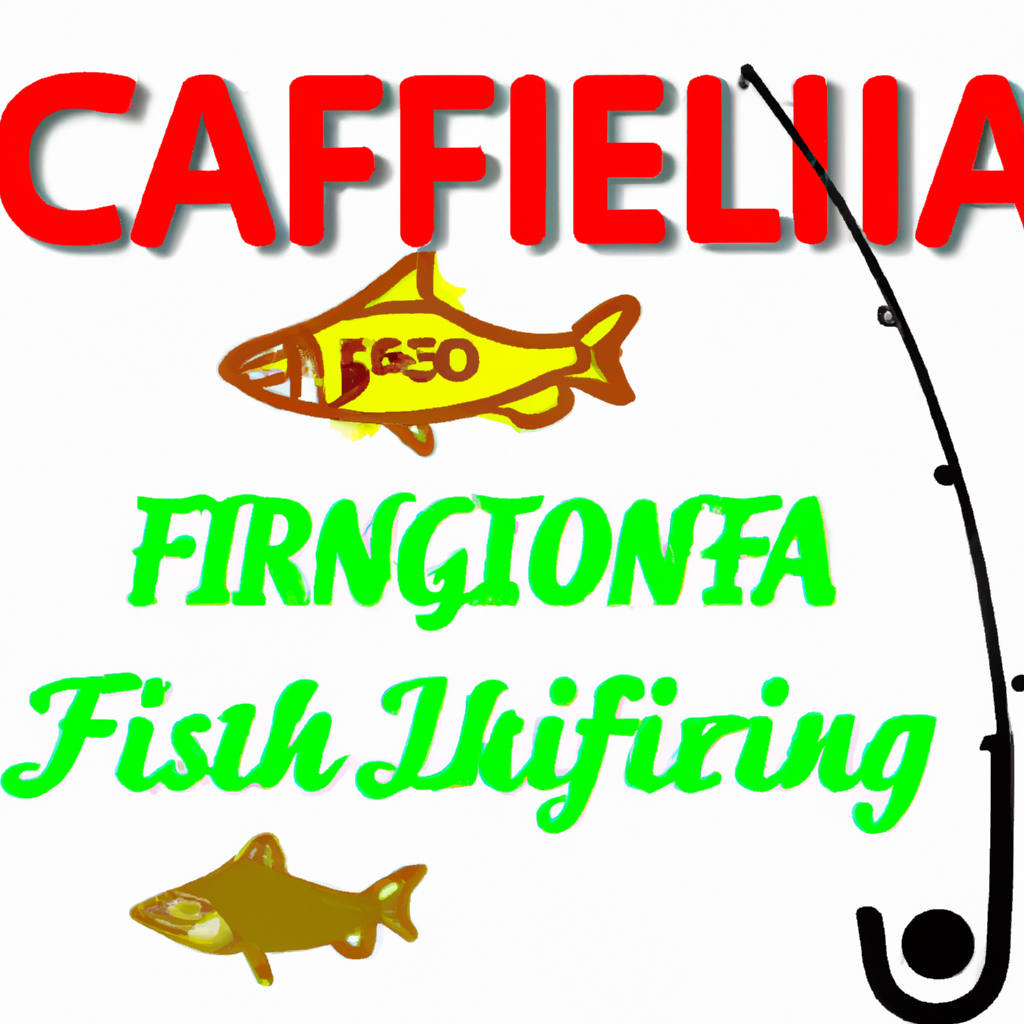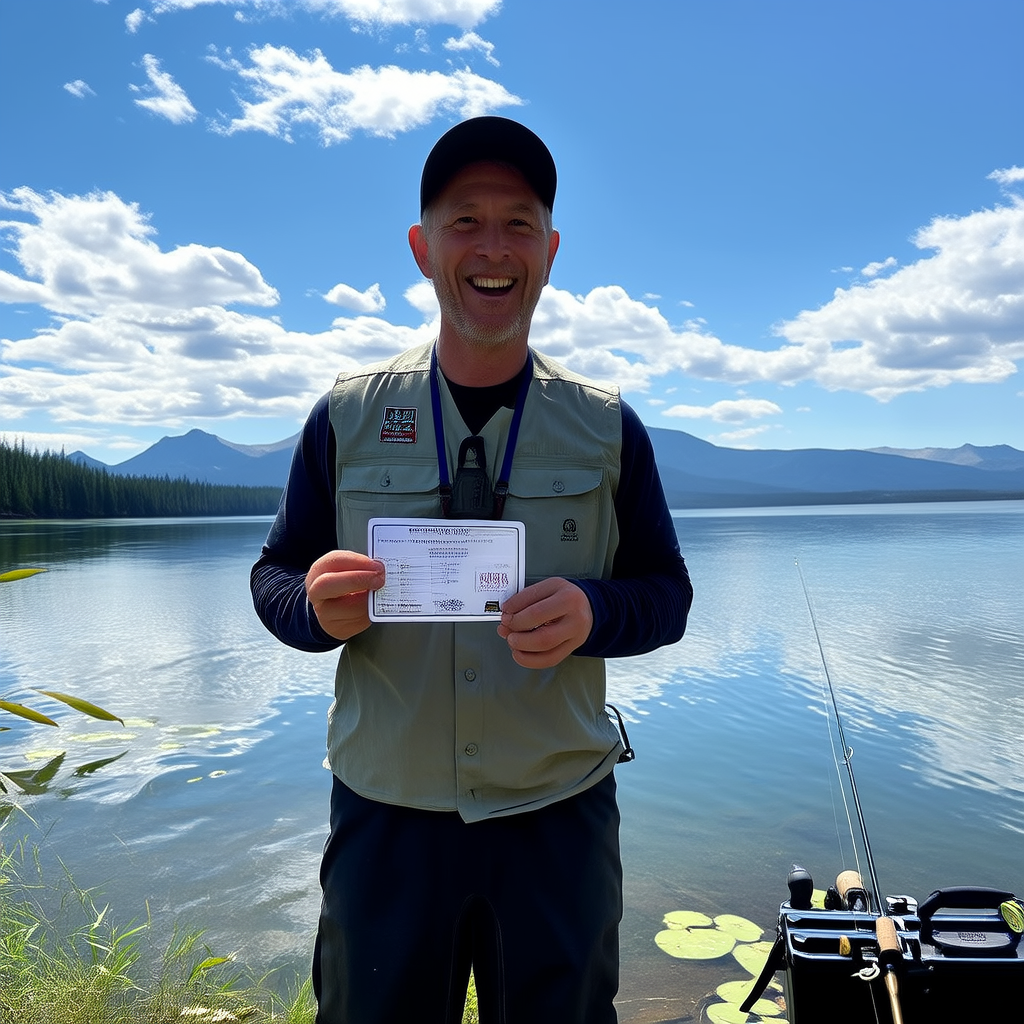Anyone in California aged 16 or older who wants to fish recreationally must have a fishing license. It allows individuals to legally and safely fish in the waters and supports conservation efforts to preserve and increase fish populations.
California makes it easy to obtain a fishing permit. You can apply online, via mail, or at various locations, such as sporting good stores, bait shops, and Department of Fish and Wildlife offices. California DFW is in charge of issuing fishing permits and ensuring compliance.
Types of fishing licenses
California offers several different types of fishing licenses to suit different needs.
- Resident fishing license: This license is available to all residents of California aged 16 or older who intend to fish in state waters.
- Non Resident Fishing license: Non residents who wish to fish in California are required to obtain this license. This license is available both for short-term or annual durations.
- One Day Sport Fishing License This license permits individuals to fish in California for one day, but excludes specific fish species such as steelhead and sturgeon which require additional permits.
- Two Day Sport Fishing License This license is similar to the one day license and allows fishing for two consecutive dates.
- Annual Sport Fishing License This license allows you to fish in California waters for an entire year after the date of purchase.
License Fees
The cost of fishing licenses varies depending on the type and duration of the license. These fees generate revenue that goes to the management and conservation efforts of California’s fish and wildlife resources. It helps fund research and habitat restoration, as well as stocking programs and law enforcement efforts, to ensure sustainable fishing.
California DFW’s website has information on the specific fees for each license. There are certain exemptions for veterans with disabilities, low-income people, and Native American Tribes with federal fishing rights.
Fishing Regulations
It is important to know and follow the fishing regulations of California. These regulations are intended to protect fish populations, maintain healthy eco-systems, and ensure fair, sustainable fishing practices.
The following are some of the most important fishing regulations in California:
- Bag Limits Bag limits are the maximum number of fish an angler may legally catch and retain in a day. These limits can vary depending on the type of fish and fishing location.
- Size Limits Size limitations exist to protect juvenile fishes and ensure the sustainability fish populations. Anglers are required to release any fish that does not meet the minimum requirements.
- Seasonal Restrictions: Some fish species may be subject to specific seasonal restrictions. These include closed seasons during which fishing is prohibited. These restrictions are designed to protect spawning salmon and their habitats.
- Restrictions on Fishing Methods: California has restrictions on the types of fishing gear and methods that can be used to catch specific fish species. It is important to become familiar with these rules in order to avoid accidental violations.
- Requirements for Report Cards: Anglers are required to purchase and carry an additional report card along with their fishing license when angling for certain fish species such as salmon, steelhead and sturgeon. The report card is used to monitor catch numbers, which helps with accurate fisheries’ management.
These are just some of the common regulations. For the most current and specific information, you should consult the California DFW’s website or printed regulations guide.
Conservation Efforts
The fishing licenses fees collected in California are crucial in supporting conservation efforts and fisheries programs. These efforts are aimed at protecting and enhancing fish populations, restoring degraded habitats and ensuring the future sustainability of the fishing industry in California.
The California Department of Fish and Wildlife distributes funds from the sale of fishing licenses to programs such:
- Fisheries research: Research is conducted to monitor fish population, assess their health and study their habitat requirements.
- Habitat Enhancement and Restoration: Funds will be used to restore and improve fish habitats, such as riverbank stabilization and wetland restoration.
- Fish stocking programs: Fish breeding and raising fish are used to breed and raise the fish that are then released into lakes and rivers to support recreational fishing opportunities.
- Law enforcement: The California DFW law enforcement division enforces fishing regulations to prevent illegal fishing and ensure compliance with fishing rules.
- Public Education and Outreach: Outreach programmes are conducted to educate anglers, the general public, and other stakeholders about sustainable fishing, responsible angling and the importance of conserving the fish populations and habitats.
Conclusion
Anyone who wants to fish recreationally in California must have a fishing permit. It supports conservation efforts, ensures fish population sustainability, and allows individuals the opportunity to enjoy the beauty of California’s varied waterways. Anglers who adhere to fishing regulations and practice responsible angling can help preserve fish and wildlife resources for the future.




